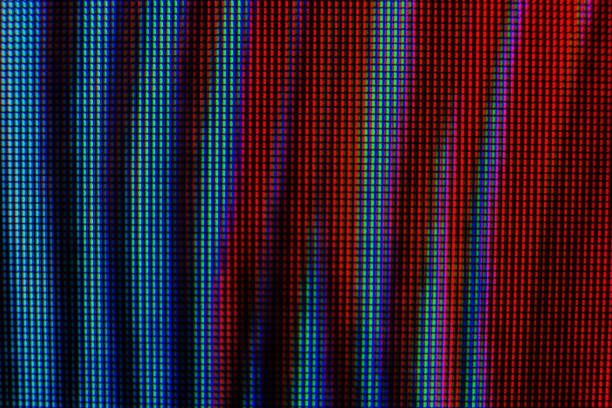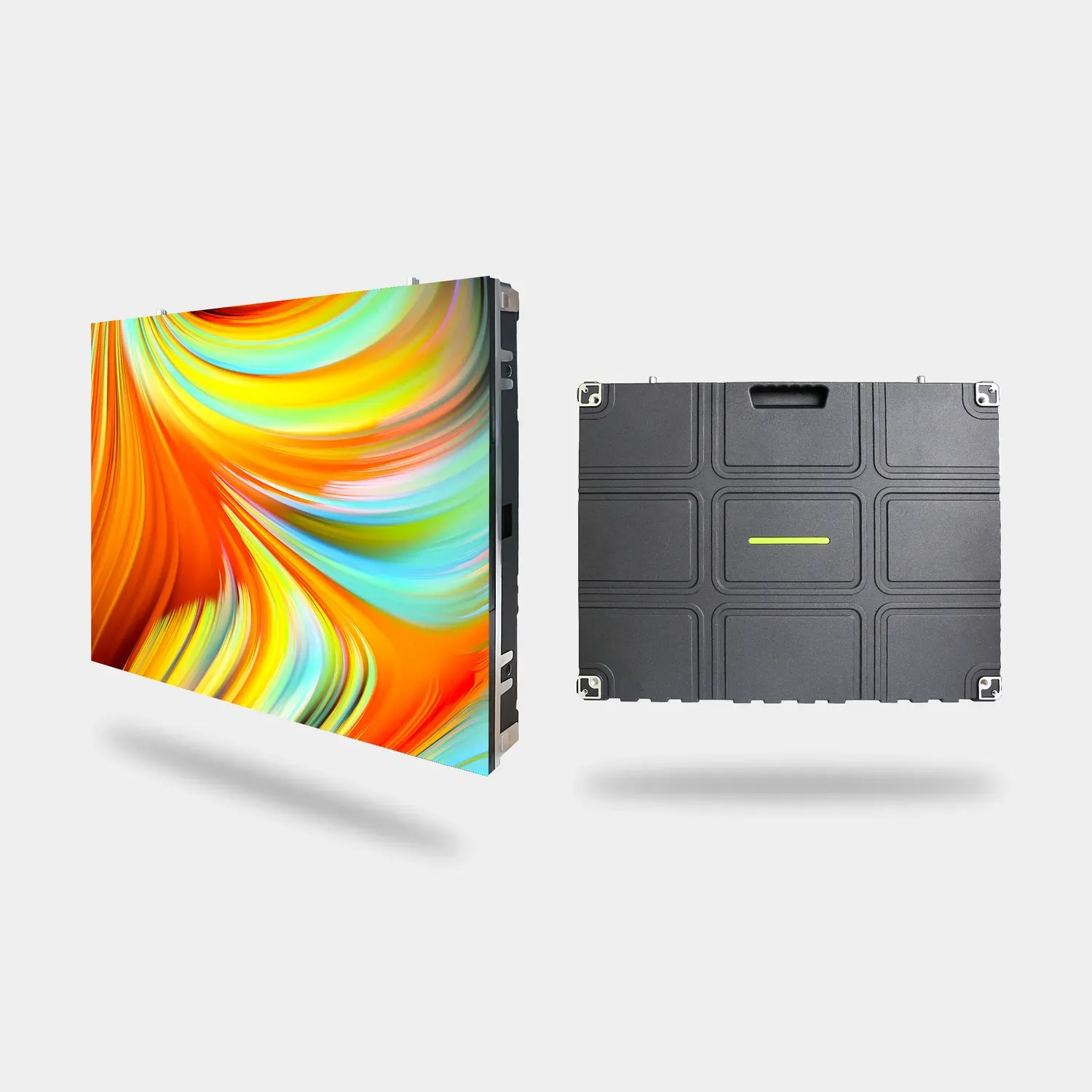
Get a Quote
What is Pixel in LED Screen?
When we admire the vibrant visuals on an LED screen, we rarely think about the tiny elements that make such displays possible. These elements, known as pixels, are the building blocks of every image we see on an LED display. In this blog, we'll delve into the intricacies of pixels in LED screens, exploring how they function, why they are crucial, and their impact on the overall quality of an LED screen.
Understanding Pixels in LED Screens
Pixels are the smallest units of a digital image or display. Each pixel in an LED screen emits light and combines with other pixels to form images and videos. An LED display consists of a matrix of these pixels, each capable of displaying a range of colors by varying the intensity of the red, green, and blue light (RGB).
The Structure of a Pixel in an LED Screen
Each pixel in an LED screen is composed of three sub-pixels: red, green, and blue. These sub-pixels are tiny LED chips that emit light of their respective colors. By adjusting the brightness of these sub-pixels, the pixel can produce a broad spectrum of colors.
LED Chips
The LED chips in each sub-pixel are semiconductor devices that emit light when an electric current passes through them. The quality of these chips significantly affects the brightness, color accuracy, and efficiency of the LED display.
Sub-Pixel Arrangement
The arrangement of sub-pixels within a pixel can vary. The most common configuration is the RGB stripe, where red, green, and blue sub-pixels are arranged in a straight line. Other configurations include RGB delta, where sub-pixels are arranged in a triangular pattern, and RGBG, where an additional green sub-pixel is included for enhanced brightness and color accuracy.
Pixel Pitch and Resolution
Pixel pitch and resolution are critical aspects that determine the clarity and detail of images on an LED screen.
Pixel Pitch
Pixel pitch refers to the distance between the centers of two adjacent pixels, typically measured in millimeters. A smaller pixel pitch indicates a higher pixel density, resulting in sharper and more detailed images. For instance, fine pixel pitch LED screens are used for applications requiring close-up viewing, such as in control rooms and indoor advertising, due to their high resolution and detail.
Resolution
Resolution is defined by the number of pixels in each dimension of the display (width x height). Higher resolution screens have more pixels and, therefore, can display more detailed and clearer images. For example, a Full HD LED screen has a resolution of 1920x1080 pixels, meaning it has 1920 pixels horizontally and 1080 pixels vertically.
The Role of Pixels in Image Quality
Pixels play a pivotal role in determining the image quality of an LED screen. Here are some key factors influenced by pixels:
Color Accuracy
The ability of each pixel to accurately reproduce colors is essential for high-quality images. Advanced LED screens use sophisticated color calibration techniques to ensure each pixel displays colors consistently and accurately.
Brightness and Contrast
Pixels also impact the brightness and contrast of an LED display. High-quality LED chips can produce brighter images with better contrast, enhancing the viewing experience, especially in well-lit environments.
Viewing Angle
The arrangement and quality of pixels affect the viewing angle of an LED screen. A well-designed LED screen with high-quality pixels ensures that the image quality remains consistent from different viewing angles.
Applications of LED Screens Based on Pixel Characteristics
Different applications require LED screens with specific pixel characteristics. Let's explore some common uses:
Indoor LED Screens
Indoor LED screens typically have a smaller pixel pitch, resulting in higher resolution and image detail. They are used in environments where viewers are close to the screen, such as retail displays, corporate lobbies, and broadcast studios.
Outdoor LED Screens
Outdoor LED screens have a larger pixel pitch since they are viewed from greater distances. These screens prioritize brightness and durability to withstand various weather conditions. They are commonly used for billboards, stadium displays, and public information signage.
Rental LED Screens
Rental LED screens are used for temporary installations like concerts, trade shows, and events. They need to be versatile, durable, and easy to assemble. The pixel pitch can vary depending on the specific application and viewing distance.
High-Resolution Displays
For applications requiring extreme detail, such as medical imaging, control rooms, and luxury retail, high-resolution LED screens with very fine pixel pitches are essential. These screens offer unparalleled clarity and precision.
Advances in Pixel Technology
The technology behind pixels in LED screens continues to evolve, leading to significant improvements in display quality and performance.
MicroLED
MicroLED technology involves using microscopic LEDs to create individual pixels. This technology offers superior brightness, energy efficiency, and lifespan compared to traditional LEDs. MicroLED displays are ideal for applications requiring high resolution and brightness, such as AR/VR and large-format displays.
Quantum Dots
Quantum dot technology enhances the color accuracy and brightness of LED screens. By incorporating quantum dots into the LED chips, screens can display a wider color gamut with greater precision. This technology is particularly beneficial for high-end displays in televisions and professional monitors.
HDR (High Dynamic Range)
HDR technology allows LED screens to display a broader range of brightness and color levels, resulting in more realistic and vibrant images. Pixels in HDR-enabled LED screens can produce deeper blacks and brighter whites, enhancing the overall viewing experience.
Conclusion
Pixels are the fundamental building blocks of LED screens, crucial for determining the display’s quality and performance. From pixel pitch and resolution to color accuracy and brightness, each aspect of a pixel's function contributes to the stunning visuals we enjoy on modern LED displays.
At EACHINLED, we are committed to advancing LED display technology by focusing on pixel innovation and quality. Our range of LED screens is designed to meet diverse needs, ensuring exceptional image quality and reliability for any application. Whether you need a high-resolution indoor display or a durable outdoor screen, EACHINLED has the perfect LED display solution for you. Discover our products and see how our cutting-edge technology can illuminate your world with unparalleled clarity and brilliance.


